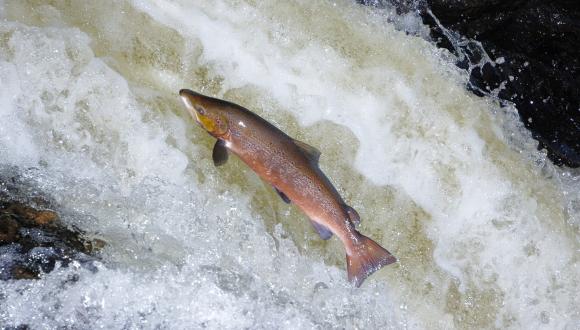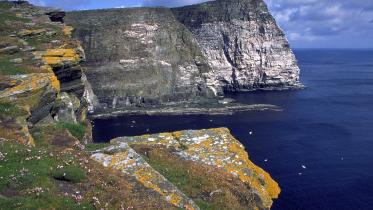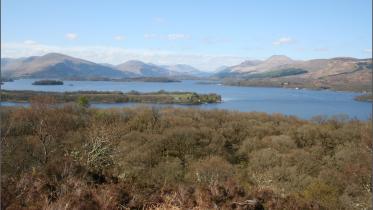Stickleback
Sticklebacks typically have well-developed dorsal and pelvic spines, and a variable number of boney plates (scutes) on the body.
Sticklebacks can be found in a variety of different habitats in the temperate and arctic zones of North America, Asia and Europe.
Three-spined sticklebacks are common throughout the British Isles.
Nine-spined sticklebacks are less widely distributed, particularly in Scottish freshwaters. Britain’s smallest freshwater fish is most often found in Scotland in the slow-moving waters to the south and west. It can also occur in some of our coastal and estuarine environments. It isn’t considered under threat.
Spineless sticklebacks are anomalous morphotypes and occur within the British Isles only in northern Scotland and the Western Isles. They are found in river systems lacking in calcium. The loss of spines may also have been an evolutionary adaptation to reduce predation risk.
Spineless sticklebacks:
- have no pelvic spine
- vary in how many dorsal spines they have
- often have no pelvic girdle
Conservation of spineless sticklebacks
Common forms of stickleback have received no conservation status.
Only fish that display some degree of ecological or genetic divergence – e.g. the spineless morphotypes – are considered to be of any conservation value.
Spineless stickleback morphs occur in two Sites of Special Scientific Interest (SSSIs):
- Loch Ruthven
- Loch Druidibeg
They aren’t designated features of these SSSIs, however.
Find out more
Read our guidance for planners and developers on protected animals.




